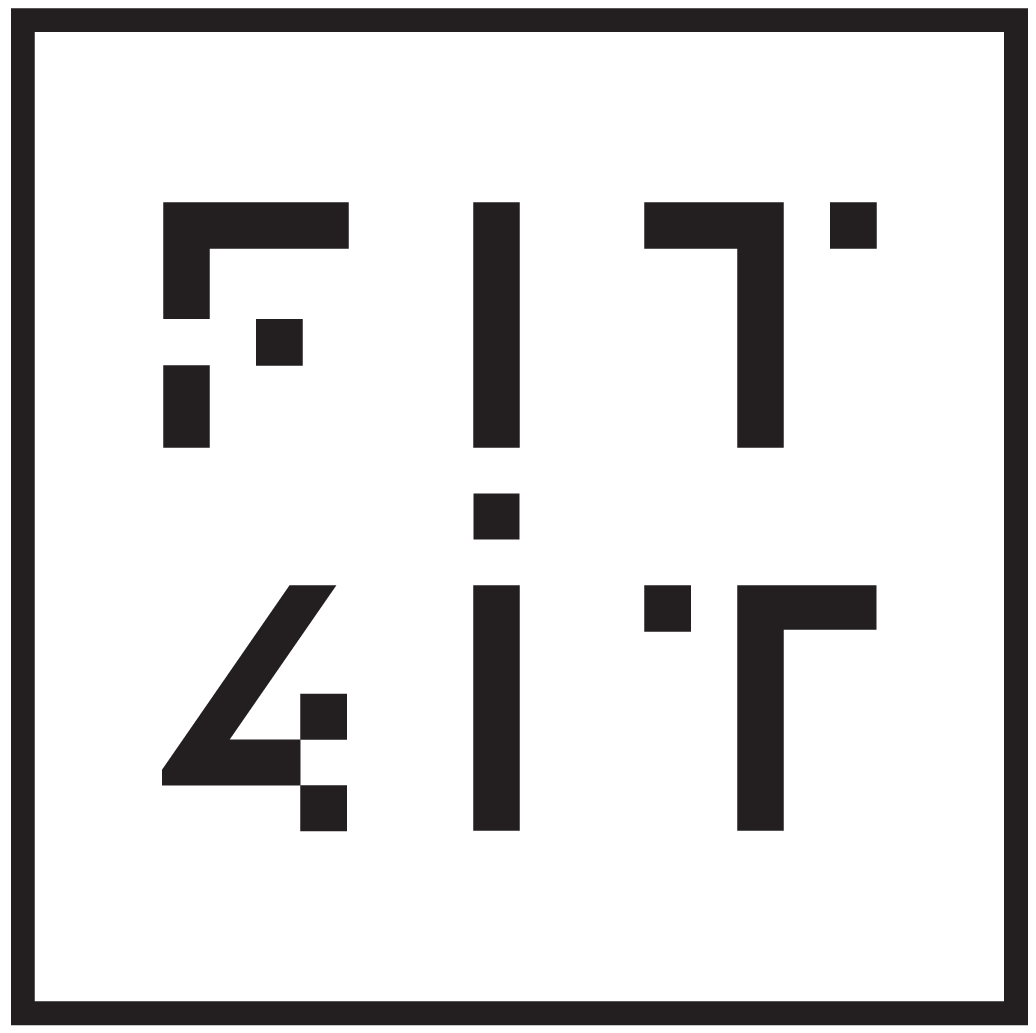
Why Mobility and Flexibility Matter for Your Health
In the quest for better health and fitness, mobility and flexibility often take a backseat to strength and endurance training. However, both are crucial components of overall physical well-being and can significantly impact your daily life and athletic performance. Understanding why mobility and flexibility are important can help you incorporate these elements into your fitness routine for improved health and enhanced performance. Here’s why they matter and how to prioritize them in your wellness plan.
1. Understanding Mobility and Flexibility
Mobility:
Mobility refers to the ability of a joint to move through its full range of motion (ROM) with control. It involves not just the flexibility of the muscles around the joint but also the health and function of the joint itself, including the ligaments, tendons, and connective tissues.
Flexibility:
Flexibility is the ability of a muscle or muscle group to stretch and lengthen without causing strain. It is a key component of overall fitness that allows for ease of movement and reduces the risk of injury.
2. Benefits of Improved Mobility and Flexibility
Enhanced Range of Motion:
Improving mobility and flexibility allows your joints and muscles to move through a greater range of motion. This can enhance your ability to perform everyday activities, such as reaching, bending, and lifting, with greater ease and efficiency.
Reduced Risk of Injury:
A greater range of motion and improved joint health help reduce the risk of injuries related to overstretching or straining. Flexible muscles and well-lubricated joints are less likely to suffer from strains, sprains, and other injuries.
Better Posture and Alignment:
Mobility and flexibility play a crucial role in maintaining proper posture and alignment. Improved flexibility can alleviate muscle tension and imbalances that contribute to poor posture, reducing back pain and discomfort.
Enhanced Athletic Performance:
For athletes, improved mobility and flexibility contribute to better performance by allowing for more efficient and effective movement patterns. Enhanced joint mobility and muscle flexibility can improve speed, strength, and agility.
Faster Recovery:
Incorporating mobility and flexibility exercises into your routine can aid in faster recovery from intense workouts. Stretching and mobility work help alleviate muscle soreness and stiffness, promoting quicker healing and reducing the risk of chronic injuries.
Improved Circulation and Reduced Muscle Tension:
Stretching and mobility exercises stimulate blood flow and promote relaxation, helping to reduce muscle tension and improve circulation. This can lead to overall better health and reduced muscle fatigue.
3. How to Improve Mobility and Flexibility
Incorporate Dynamic Stretching:
Dynamic stretching involves moving parts of your body through their full range of motion in a controlled manner. This type of stretching is effective as a warm-up before exercise and helps improve joint mobility and muscle flexibility.
Engage in Static Stretching:
Static stretching involves holding a stretch for an extended period, usually 15-30 seconds. It is best performed after exercise or as part of a flexibility routine to lengthen muscles and improve overall flexibility.
Practice Yoga or Pilates:
Both yoga and Pilates emphasize mobility, flexibility, and balance. Regular practice can enhance joint range of motion, muscle flexibility, and core strength while also promoting relaxation and stress reduction.
Include Mobility Drills:
Incorporate specific mobility drills into your routine, such as hip circles, shoulder rolls, and ankle dorsiflexion exercises. These drills target key joints and help improve their functional range of motion.
Use Foam Rollers and Massage Tools:
Foam rolling and using massage tools can help release muscle tightness and improve flexibility. These techniques promote myofascial release, which helps alleviate muscle knots and improve overall mobility.
Stay Consistent:
Improving mobility and flexibility requires consistency. Incorporate stretching and mobility exercises into your regular fitness routine, and make them a priority in your daily activities.
4. Tips for Integrating Mobility and Flexibility into Your Routine
Warm-Up Properly:
Begin each workout with a dynamic warm-up that includes mobility exercises to prepare your body for physical activity. This helps improve performance and reduce the risk of injury.
Cool Down Effectively:
End your workouts with static stretching to enhance flexibility and aid in recovery. Focus on major muscle groups used during your workout to promote muscle relaxation and prevent stiffness.
Listen to Your Body:
Pay attention to how your body responds to stretching and mobility exercises. If you experience pain or discomfort, modify the exercises or consult with a fitness professional to ensure you’re performing them correctly.
Set Realistic Goals:
Set achievable goals for improving mobility and flexibility, and track your progress over time. Celebrate small milestones and adjust your routine as needed to continue making improvements.
Seek Professional Guidance:
Consider working with a fitness trainer, physical therapist, or yoga instructor to develop a personalized plan for enhancing mobility and flexibility. Professional guidance can ensure you’re using proper techniques and addressing specific needs.
5. Conclusion
Mobility and flexibility are fundamental aspects of physical health that can enhance your overall well-being, reduce the risk of injury, and improve athletic performance. By incorporating mobility and flexibility exercises into your routine, you can enjoy a greater range of motion, better posture, and faster recovery. Prioritize these elements in your fitness regimen to achieve a balanced and effective approach to health and wellness. Remember, consistency and proper technique are key to reaping the full benefits of mobility and flexibility.





No Comments